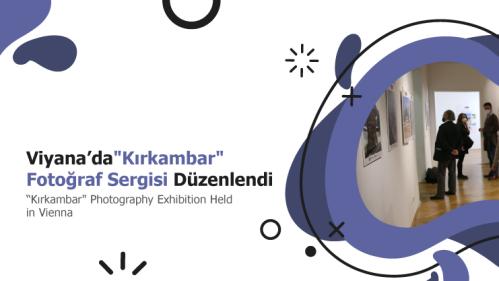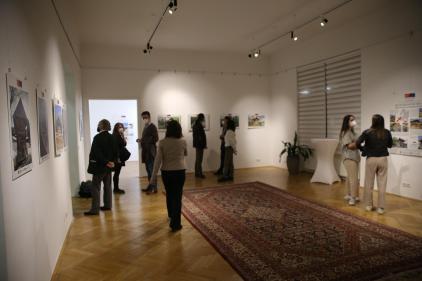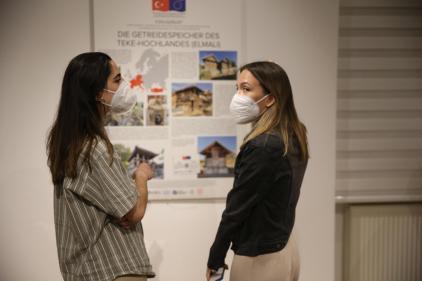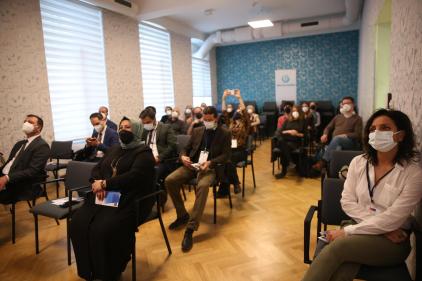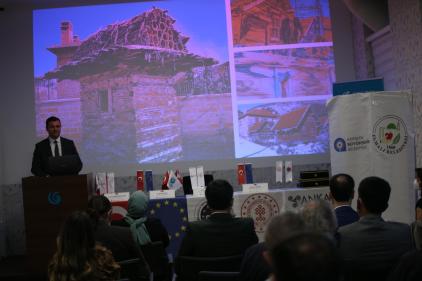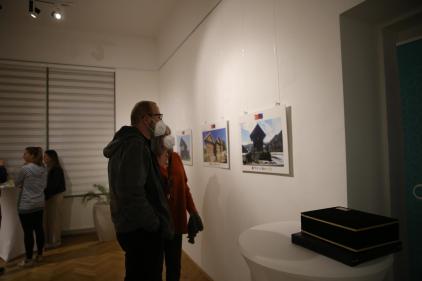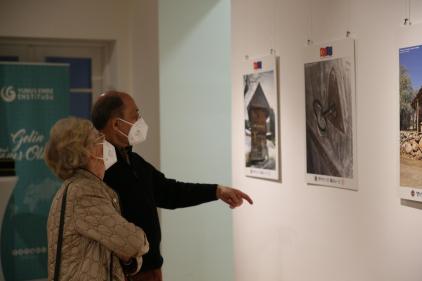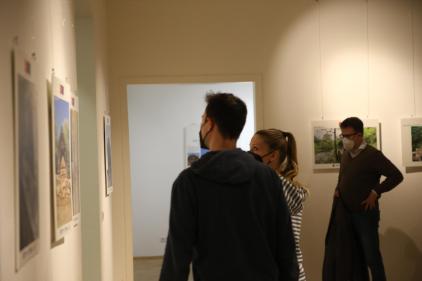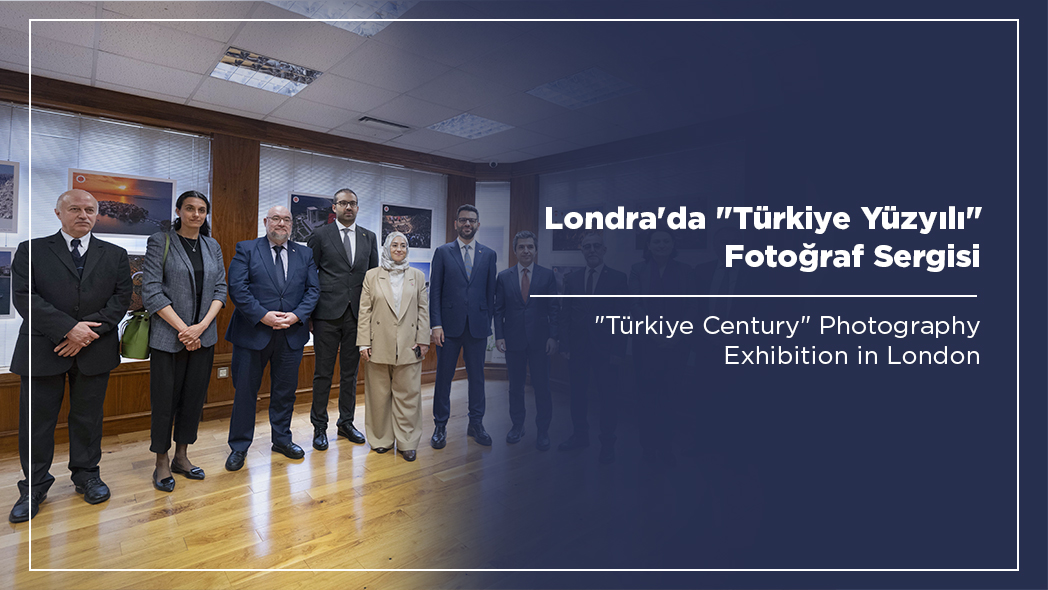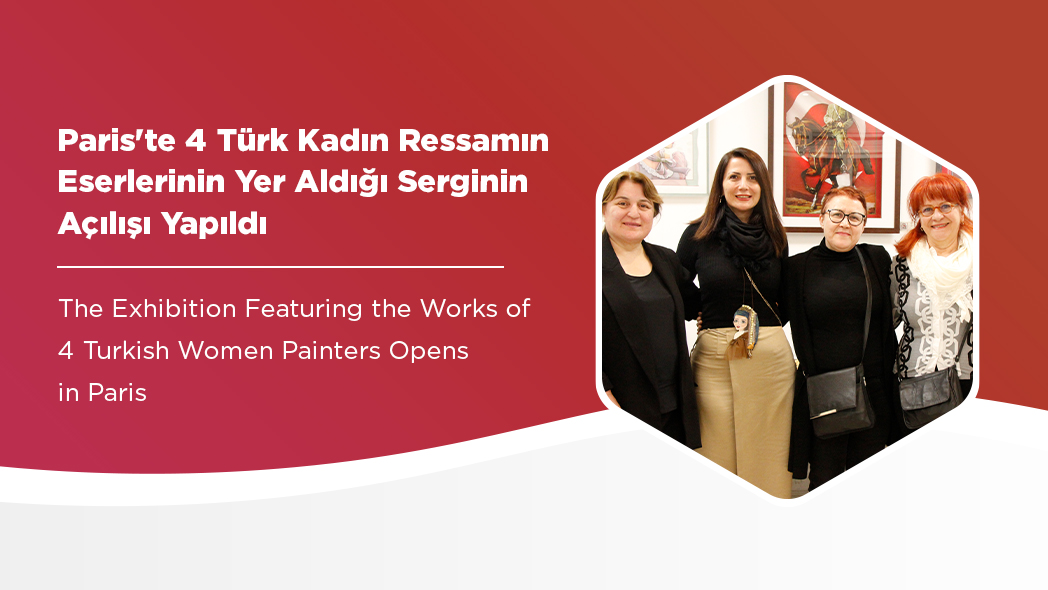‘’Kırkambar’’ Photography Exhibition Held at Yunus Emre Institute
A photography exhibition on granaries, which had an important place in Turkish and Austrian agricultural culture, and ‘’bee yards’’, which were rarely seen in the world, was opened at Vienna Yunus Emre Institute.
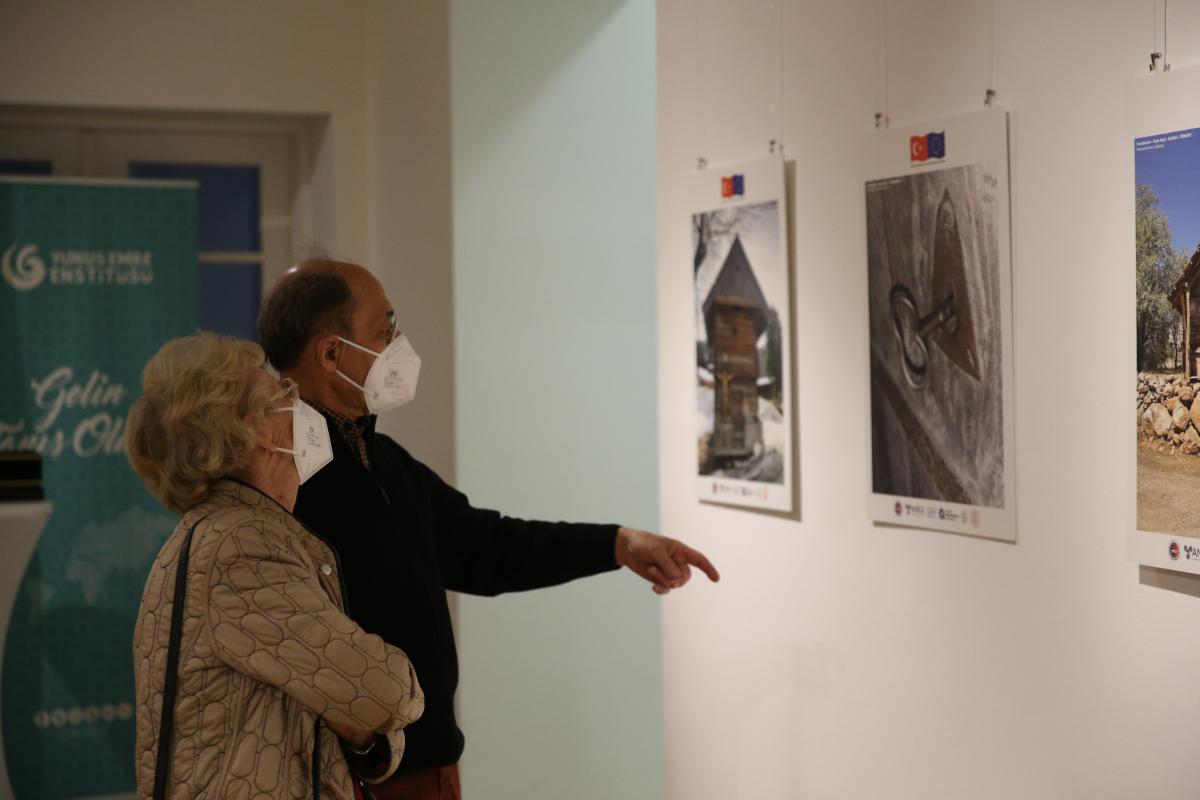
Vienna Yunus Emre Institute (YEI) is also a participant in the Kırkambar Project, implemented by the Republic of Turkey Ministry of Culture, and Tourism with the financial support of the European Union, under the coordination of the Antalya Cultural Heritage Association, and carried out in partnership with Antalya Metropolitan Municipality, Elmalı Municipality, and the society Diskeles from Austria.
In this exhibition which was opened on March 28th, 2022, photographs of granaries built from cedar wood using the nail-free technique, as well as the bee yards recorded within the scope of the project, which drew attention to rural architectural elements in Turkey and made especially for honey production within the borders of Antalya’s Elmalı district, were presented to art lovers.
IMPORTANT EXAMPLES OF RURAL ARCHITECTURE IN ELMALI DISTRICT WERE PROCESSED IN THE PROJECT
Turkey’s Consul General to Vienna Cafer Mert Özmert, Vienna Yunus Emre Institute Director Ayşe Yorulmaz, and guests attended the photography exhibition.
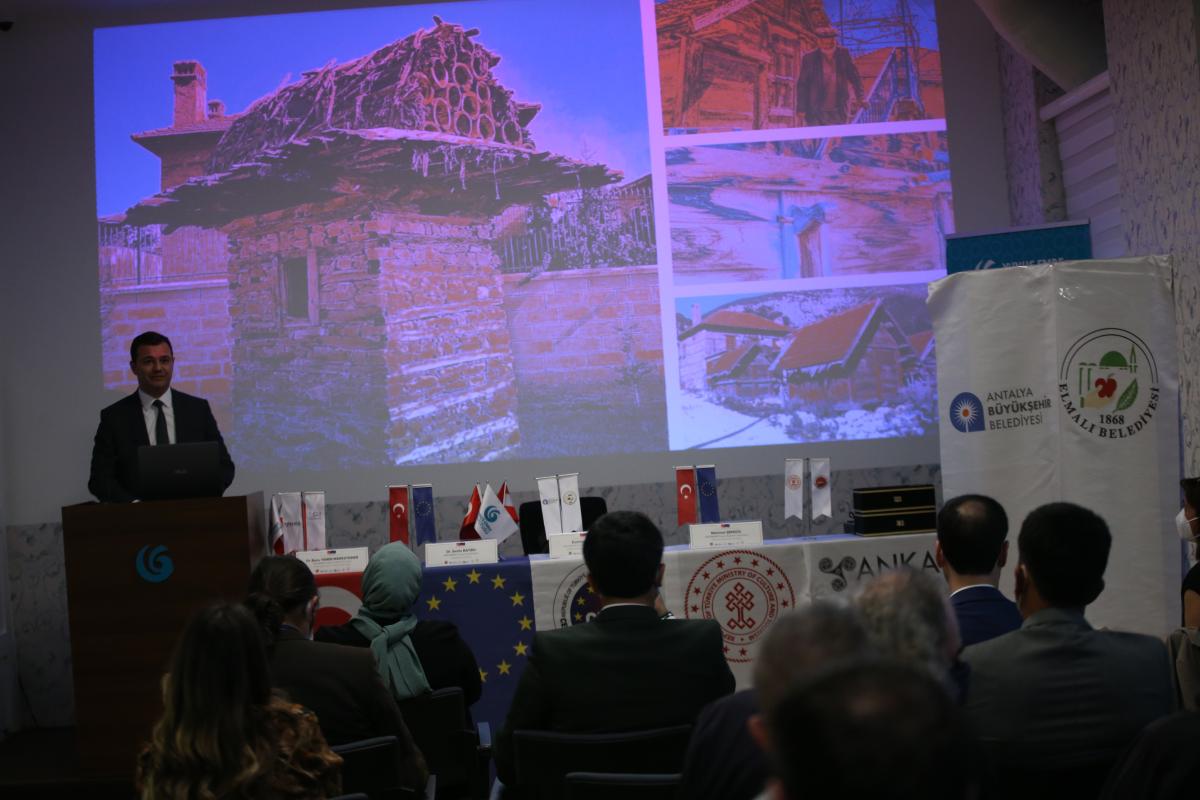
Kırkambar Project Coordinator Dr. Selda Baybo, in her statement about the exhibition, expressed that as part of the project in question, they processed granaries, one of the significant examples of rural architecture, in about 60 neighborhoods and villages of the Elmalı district.
Baybo said, ‘’The subject of the exhibition is granaries, which are one of the rural architectural elements in the lives of farmers, used in common in both cultures, used by the farmers here for hundreds of years, together with their houses, some next to their houses, some in the form of a barn above their houses.’’
Noting that granaries in many places in the world are ‘’the common memory and common heritage of humanity’’, Baybo said that granaries were an element that connects two cultures, Turkey and Austria.
Pointing out that granaries disappeared over time as they were no longer needed in modern agriculture, Baybo said that similar processes had occurred much earlier in Europe, however, to preserve and sustain the rural architecture in question, these granaries were used in the past, especially in Austria, under which conditions farmers used to farm and produce grains, and added that it had been turned into museums that told how it was preserved.
Diğer Etkinlikler
The exhibition hosted by the...

